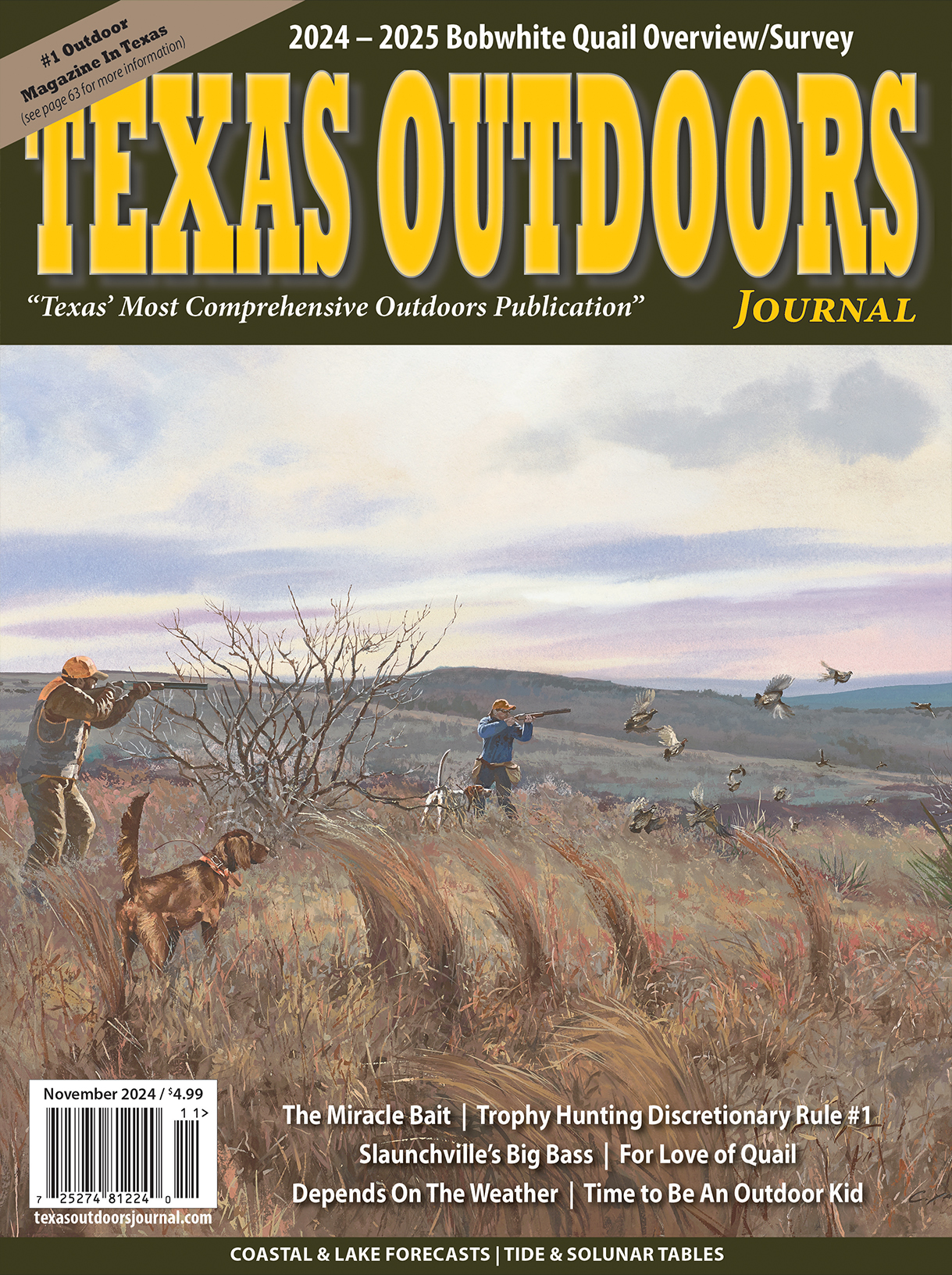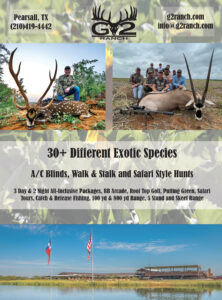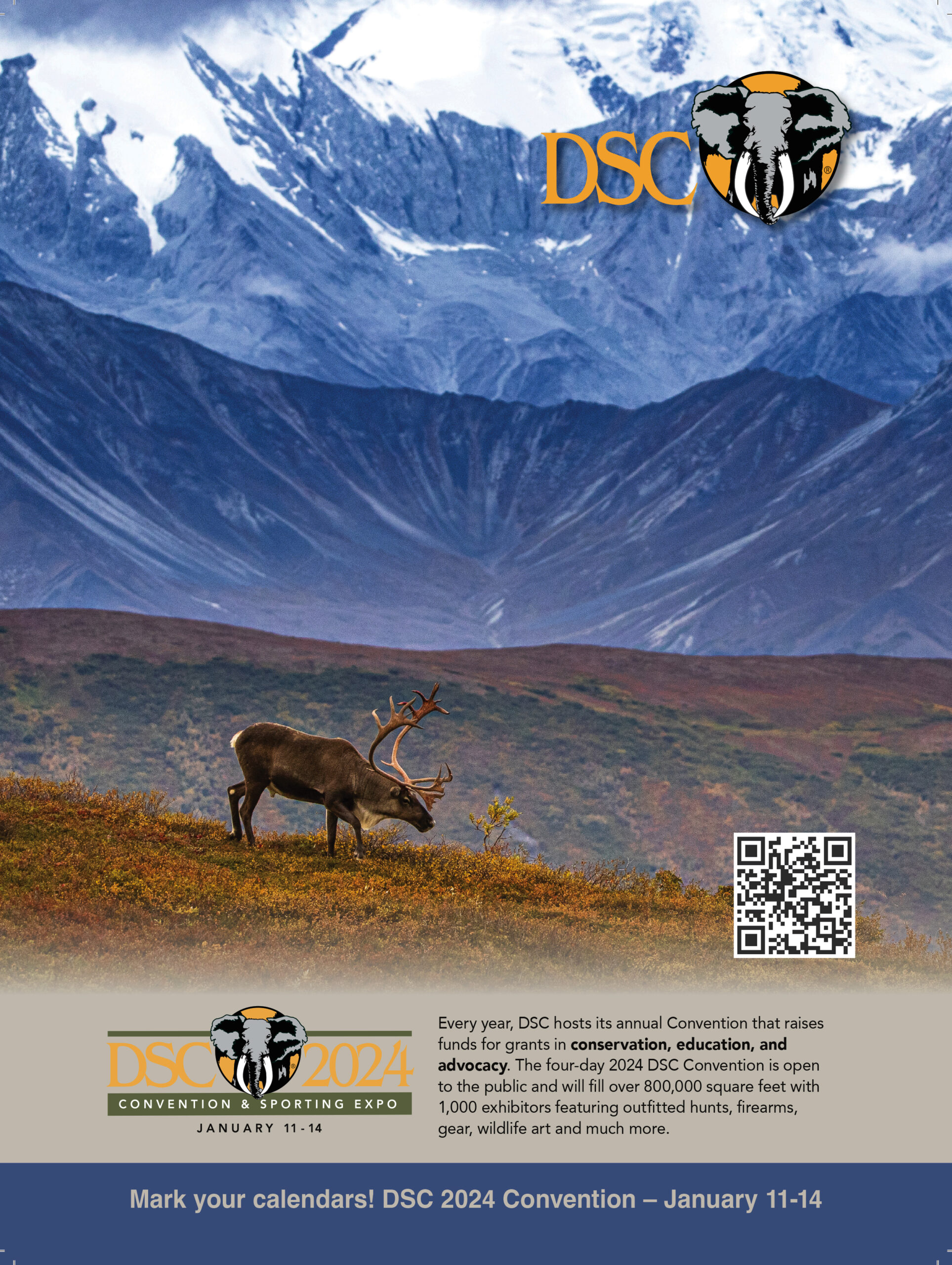
Wildflowers and Blooming Plants Putting on a Show at Texas State Parks
AUSTIN— Texas State Parks have gone Technicolor with a show stopping display of bright blues, vibrant pinks, deep reds and rich yellows.
Texas is the home to more than 5,000 species of wildflowers and recent rains are sure to usher in an explosion of color before the end of the season. More than90 Texas State Parks present some of the best and safest places to view and photograph nature’s bounty of wildflowers and blooming shrubs and trees.
“Spring wildflower shows have been spectacular in East, Central, North, coastal and South Texas landscapes recently,” said Jason Singhurst, botanist with the Texas Parks and Wildlife Department. “With recent rains blanketing a large percentage of Texas, we are experiencing astonishing wildflower displays and should expect increasing wildflower intensity through April and into May. However, be aware that the National Weather Service three-month precipitation outlook has the Lone Star State tapering off with below average rain in late spring and early summer.”
Presently, every region of the state is presenting different varieties of wildflowers, including:
Central Texas: The rolling hillsides and plateaus are providing a colorful and prolific wildflower wave that is layered with bluebonnets, Texas star, blue sage, Indian blanket, Mexican hat, prairie fleabane, prairie verbena, greenthread, two-leaved senna, four-nerve daisy, Drummond’s onion, old plainsman, golden eye phlox, wine cups, phlox, Missouri primrose, antelope horn milkweed, sundrops, white rain lily, Drummond’s skullcap, Blackfoot daisy, foxglove and Lindheimer’s paintbrush. The Hill Country woodland ground flora is draped with false dayflower (‘widows tears’), plateau spiderwort, baby blue eyes, red columbine, Texas milkweed, blue curls and roundleaf groundsel.
Coastal Texas prairies, barrier islands, and the South Texas ’Sand Sheet’: An array of wildflowers are on display including prairie nymph, prairie clovers, betony-leaf mistflower, Indian blanket, silverleaf sunflower, seaside goldenrod, showy nerveray, erect dayflower, Texas groundsel, woolly whites, longbract wild indigo, coralbean, Rio Grande greenthread, American snoutbean, coast germander, sand rose gentian, sand verbena, phlox, sea lavender, sea rocket and side-cluster milkweed.
East Texas: The Pineywoods’ hardwood slopes and bottomland forest flora has been extraordinary with a plethora of wildflowers including trout lilies, trilliums, mayapple, violets, purple meadow-rue, groundsels, blue iris, wisteria, flowering dogwood, blue-star, spider lily, yellow jasmine, crossvine, jack-in-the-pulpits, Virginia sweetspire, hawthorns, spiderworts, white-flowered milkweed, azalea, fringe tree and silver bells.
North Texas: The landscape is profuse with brown eyed Susan, winecup, basket flower, paintbrushes, pennyroyal, showy evening primrose, fleabane, prairie clovers, blue-eyed grass, buttercups, snakeherb, butterfly weed, false dragon-head, sundrops, beeblossum, Texas skeleton plant, larkspur, coneflowers, blue mealy sage, wild indigo and astonishing numbers of green milkweeds.
Southwest Texas: From Laredo north to Del Rio wildflower displays are increasing and include blue mistflower, Texas blueweed, Engelmann’s daisy, camphorweed, paper flower, lemonscent, bush sunflower, Texas varilla, zexmenia, bladderpods, many cacti, Texas palo verde, guayacan and cenezio.
“While driving between Austin and Houston along Highway 290 during the first week of April, I observed many pastures between Hempstead and Waller gleaming with the bright blue sandyland bluebonnet (Lupinus subcarnosus),” Singhurst said. “If you are traveling Highway 290 this spring I highly encourage pulling off to safe access road or side county road to take photos of this other amazing sandy soil loving bluebonnet that is primarily restricted to Texas.”
Always remember to exercise caution when taking wildflower photos on busy roadways by using your emergency lights and being mindful of disturbing wildlife resting or hiding in that location, such as nesting birds, or undesirable encounters with venomous snakes and fire ants.
Texas State Parks offer great picturesque settings for family wildflower photos away from busy roadways and now is a prime time for unique and diverse wildflower displays.
The TPWD Pinterest page is regularly updated with wildflower sightings from parks across the state, including Brazos Bend State Park, Huntsville State Park and Mother Neff State Park.
Park visitors can share their wildflower pictures—and see what’s blooming around the state—on TPWD Instagram, Facebook and Twitter accounts.
Recent sightings reported by TPWD staff in Texas State Parks include:
- Brazos Bend State Park– Red buckeye
- Daingerfield State Park– Dogwood blossoms
- Devils River State Natural Area– Cedar sage
- Eisenhower State Park– Trout lillies
- Estero Llano Grande State Park– Nipple cactus (mammillaria heyderi)
- Fort Boggy State Park– Spiderlillies
- Galveston Island State Park– Indian blanket/firewheel
- Huntsville State Park– Redbud tree, bluebonnets, Dogwood blossoms
- Lake Casa Blanca International State Park– Huisache
- Lake Somerville State Park– Bluebonnets
- Lockhart State Park– A pink bluebonnet, agarita
- Monument Hill and Kreische Brewery State Historic Sites– Mexican plum tree
- Mother Neff State Park– Missouri violet
- Palmetto State Park– Bluebonnets
- Ray Roberts Lake State Park– Wild plums
Wildflower enthusiasts can sport the Texas state flower and support Texas State Parks all year with the bluebonnet conservation license plate. Proceeds from license plate purchases go towards natural and cultural resource projects, the Buffalo Soldiers program and interpretive exhibits at parks.
To buy the bluebonnet or one of the other seven designs available, visit www.conservationplate.org or your local county tax assessor-collector’s office. Buyers do not have to wait until they receive a renewal notice, they can order at any time and the cost will be pro-rated. All conservation plates are available for cars, trucks, motorcycles, trailers and RVs.









